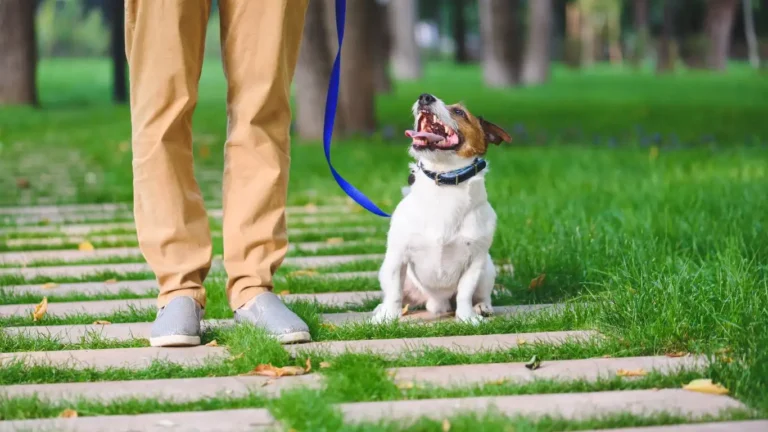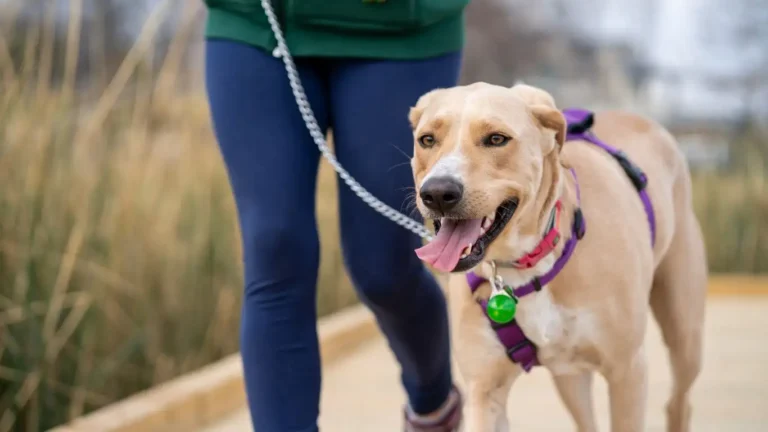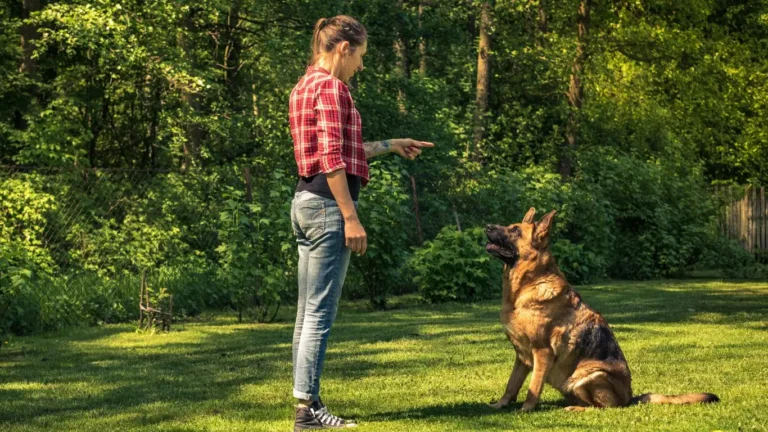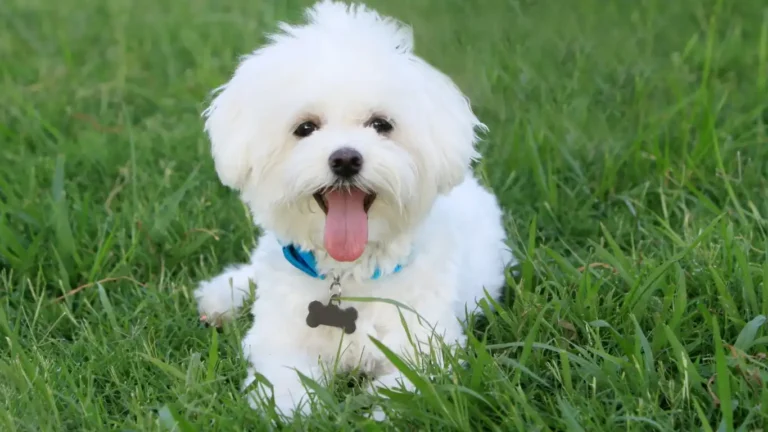How to Train a Dog to Stop Barking at Statues Easily and Effectively
If you’ve ever found yourself wondering how to train a dog to stop barking at statues, you’re definitely not alone. As a Canine-Assisted Therapy Trainer, I’ve worked with all kinds of dogs reacting to unusual triggers — and statues are surprisingly common! Dogs can get confused or anxious when they see these inanimate figures, barking as if they’re real threats or strange intruders. It’s a challenge that’s part curiosity, part instinct, and totally manageable with the right approach.
From my years of hands-on experience, I’ve learned that patience and consistent training go a long way. Every dog is unique, and how they perceive statues can depend on their breed, past experiences, or even their socialization. But here’s the good news: teaching your furry friend to chill out around statues is absolutely possible. It just takes some clear steps and a bit of understanding of canine behavior.
Why Do Dogs Bark at Statues?

Before diving into training techniques, it’s important to understand why dogs bark at statues in the first place. From my sessions, I’ve noticed that many dogs see statues as unfamiliar objects that break their normal environment. They don’t recognize the statue as an object—they might think it’s a person, another animal, or something potentially threatening.
This confusion can trigger a dog’s natural alert system, causing barking, growling, or even lunging. Think of it like your dog saying, “Hey, what’s this? I need to check it out!” This is especially true for dogs who haven’t been exposed to lots of different sights and sounds early in life.
Instinct and Territorial Behavior
Dogs have an incredible sense of territory. When they bark at statues, they may be reacting as if the statue is an intruder in their space. This instinctual response helps keep their environment safe, but it can be a nuisance when directed at harmless objects. From my work, I’ve seen dogs become overly protective of their home areas, and statues can trigger this protective barking.
Fear or Anxiety Triggers
Sometimes, barking isn’t just about territory. It could be fear or anxiety. A statue with a particular shape or pose might unsettle your dog because it’s unfamiliar or looks “off.” In therapy training, I often work with dogs who react this way—not because they want to be aggressive, but because they feel uneasy and don’t know how to cope.
How to Train a Dog to Stop Barking at Statues: Setting Realistic Expectations

When I first started helping dogs overcome this barking habit, I quickly learned the importance of setting realistic goals. You can’t expect your dog to change overnight, especially if this barking has become a habit or anxiety-driven behavior. Instead, aim for gradual improvement with clear, consistent steps.
Here’s what I always tell new clients:
- Patience is key. It might take weeks or even months to see steady progress.
- Every dog learns differently. What works for one pup might need tweaking for another.
- Consistency beats intensity. Short, frequent training sessions work better than long, exhausting ones.
Positive Reinforcement Over Punishment
One thing I emphasize in all my training sessions is to avoid punishment. Yelling or scolding your dog for barking at a statue can actually make things worse by increasing anxiety. Instead, I use positive reinforcement—rewarding calm behavior with treats, praise, or play. This approach builds trust and teaches your dog that staying quiet around statues leads to good things.
Use of Desensitization and Counter-Conditioning
These fancy terms basically mean helping your dog get used to statues slowly and associating them with positive experiences. From my experience, breaking the barking habit involves gradually exposing your dog to the statue at a distance they feel comfortable with, then rewarding them for staying calm. Over time, you reduce that distance and keep rewarding calmness until the statue is just another part of their environment.
Practical Steps to Train Your Dog to Stop Barking at Statues
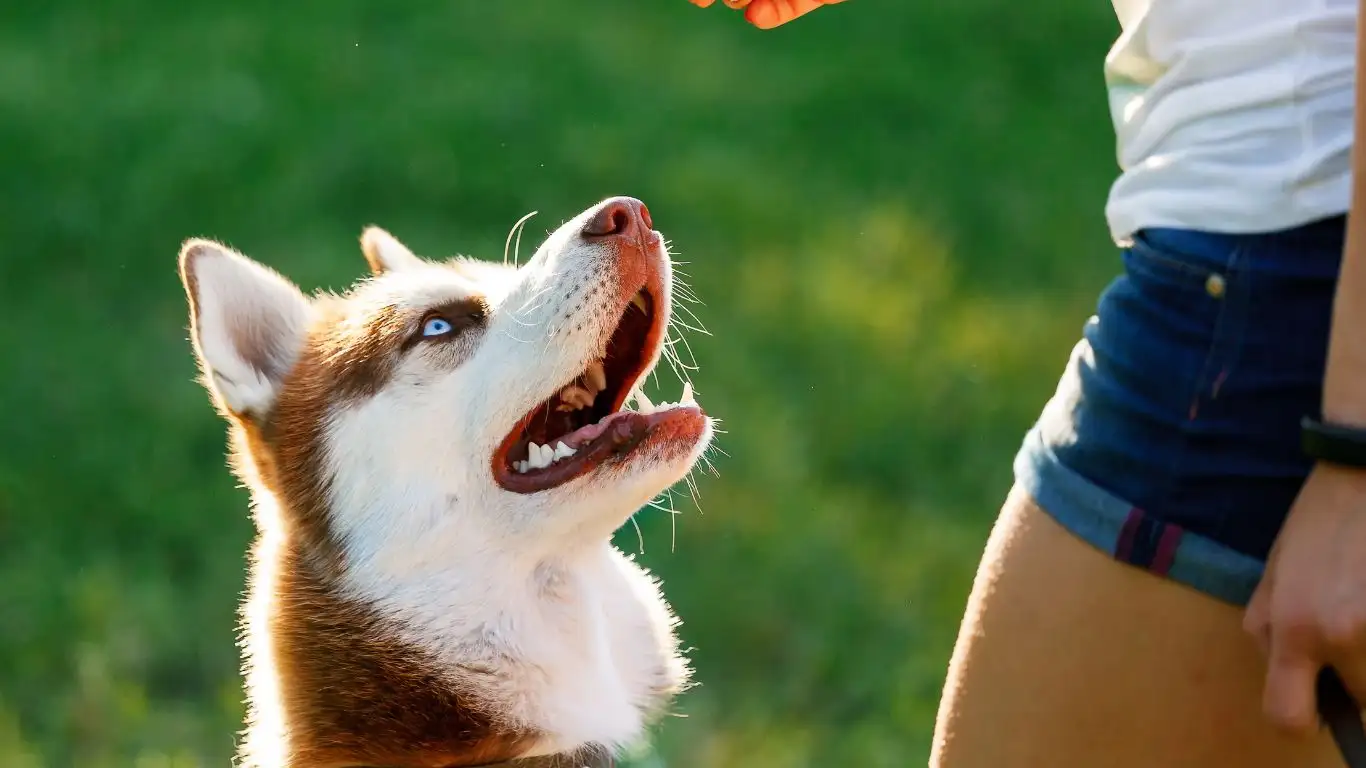
Alright, now that we’ve unpacked why dogs bark at statues and set the stage for training, let’s get into the nuts and bolts. Over the years, I’ve developed a straightforward, step-by-step approach that really helps dogs unlearn that reactive barking and replace it with calm behavior. This method is grounded in my hands-on work with therapy dogs and pet owners alike, so it’s practical and tested.
Step 1: Identify Your Dog’s Threshold
Every dog has a personal comfort zone when it comes to unfamiliar things like statues. Some might bark the moment they see one from across the yard, while others might only react when they get close. My first advice is to figure out this “threshold distance” — the point where your dog notices the statue but hasn’t started barking yet.
To find it, walk with your dog on a leash towards the statue and watch closely. As soon as your dog shows signs of stress — like tense body language, focused staring, or vocalizing — take a step back. The distance right before that reaction is your starting point.
Step 2: Use Treats and Praise to Build Positive Associations
Once you know where your dog can comfortably observe the statue without barking, it’s time to build a positive connection. From my experience, treats are the secret weapon here. Have some of your dog’s favorite snacks ready — think small, tasty morsels that they don’t get all the time.
At that safe distance, calmly give your dog treats and gentle praise while they look at or even just acknowledge the statue without barking. The goal is for them to start thinking, “Hey, when this weird thing is around, good stuff happens!”
Step 3: Gradual Desensitization
With consistent practice, start moving a little closer to the statue—just a few steps at a time. Each time your dog stays quiet and relaxed, reward them generously. If at any point your dog starts barking or showing anxiety, step back to the previous distance where they were calm and work from there again.
This back-and-forth is normal, and it’s part of the process. I’ve coached many clients through this patience-testing phase, and trust me, the little wins add up fast.
Managing the Environment and Setting Your Dog Up for Success

Training doesn’t just happen during your sessions—it’s about the whole environment too. I always remind dog owners to manage the situation so their pup isn’t overwhelmed or triggered unnecessarily.
Keep Your Dog on Leash and Use a Calm Voice
During training and walks, keep your dog on a leash so you have full control. This not only helps prevent lunging or erratic behavior but also gives your dog a sense of security. When you notice your dog fixating on a statue, use a calm and reassuring tone—no yelling or frustration, because that can actually spike their stress.
Distract and Redirect When Needed
Sometimes, you won’t be able to avoid statues, especially if you live near parks or places with lots of garden ornaments. In these moments, having a distraction handy, like a favorite toy or a treat pouch, is lifesaving. Redirect your dog’s attention to you before they start barking. A simple “look at me” or “focus” command can work wonders if you’ve practiced it beforehand.
Common Mistakes and How to Avoid Them
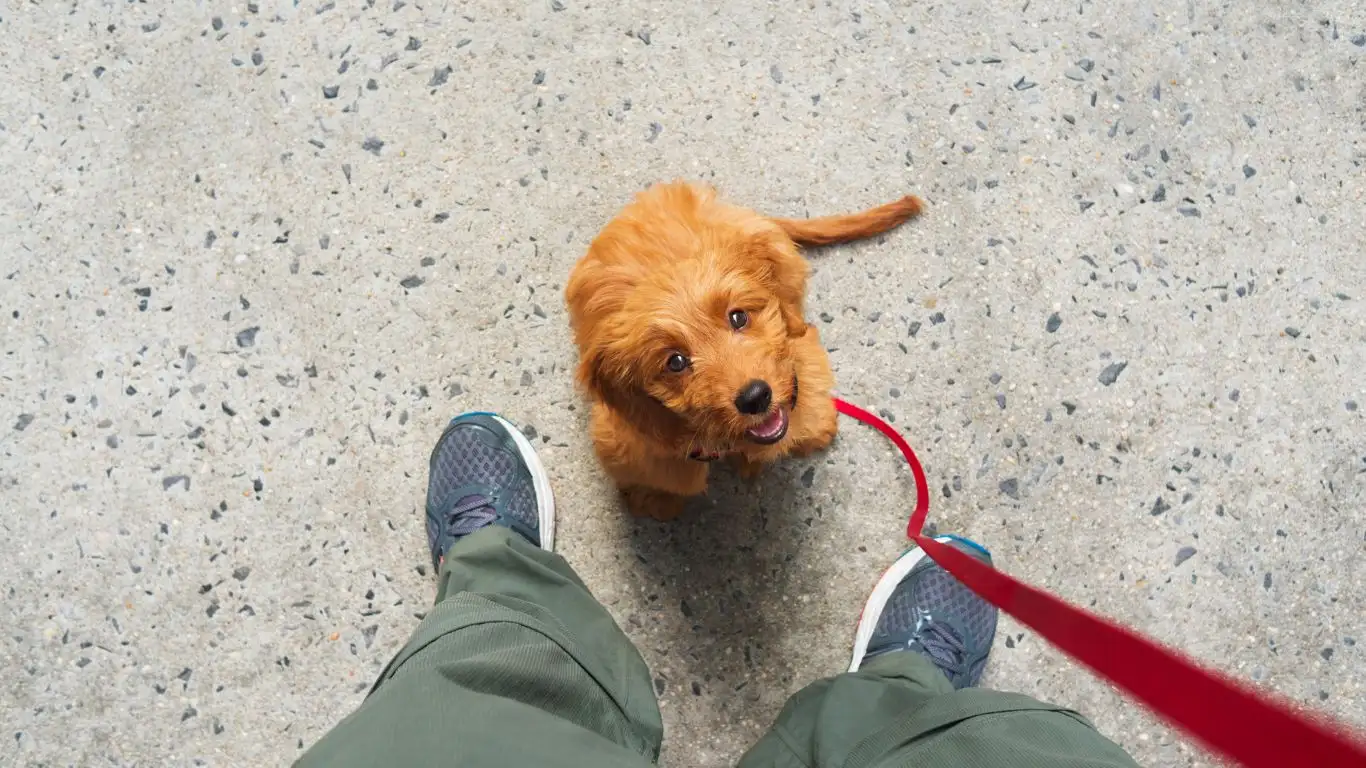
From my time working with dogs and their humans, I’ve seen some common pitfalls that can slow progress or even make barking worse. Here are a few to watch out for:
- Inconsistency: Training only once in a while won’t cut it. Your dog needs frequent, short sessions to really internalize new behavior.
- Punishing the Bark: As tempting as it might be to scold your dog, punishment often creates anxiety and confusion rather than solutions.
- Ignoring Body Language: Pay attention to signs your dog is stressed before they start barking—tail tucked, ears back, pacing—and respond early with calming techniques or stepping back.
- Rushing the Process: Moving too fast toward the statue can cause setbacks. Patience and gradual progress always win out in the end.
When I help therapy dogs overcome similar challenges, emphasizing kindness and understanding is key. Dogs aren’t trying to be difficult—they’re just communicating in the only way they know.
Advanced Tips and Tools to Help Your Dog Stop Barking at Statues

By this point, you’ve got a solid foundation on how to train a dog to stop barking at statues. But sometimes, even with patience and consistency, your dog might need a little extra help. Over the years, I’ve found that incorporating some advanced techniques and tools can make a big difference, especially for dogs with stronger reactions or anxiety.
Using Clicker Training to Mark Calm Behavior
Clicker training is a fantastic way to clearly communicate to your dog the exact moment they do something right. In my experience, adding a clicker can speed up learning by precisely marking calm behavior around statues.
Here’s how I usually suggest incorporating it:
- Start by clicking and treating when your dog looks at the statue without barking.
- Use the clicker as a consistent signal that says, “Yes, that’s exactly what I want!”
- Gradually increase the time your dog remains calm before clicking and rewarding.
Clicker training creates a clear cause-and-effect connection, which many dogs pick up on quickly. It’s especially helpful for dogs who are eager to learn and respond well to positive reinforcement.
Creating a “Quiet” Command
Teaching your dog a reliable “quiet” command can be a game-changer. This command empowers you to interrupt barking behavior and encourage calmness on cue. I usually introduce this once the dog is already showing progress with desensitization and positive reinforcement.
To train “quiet,” try this simple method:
- Allow your dog to bark a few times at the statue (or a controlled stimulus).
- Say “quiet” in a calm but firm voice.
- Wait for your dog to stop barking—even if it’s just for a second.
- Immediately reward with a treat and praise.
- Repeat often, gradually extending the quiet period before rewarding.
Consistency is everything here. I’ve seen many dogs learn to recognize “quiet” as a cue to relax and redirect their energy.
How to Maintain Long-Term Success and Prevent Relapse

Training your dog to stop barking at statues isn’t a one-and-done deal. Like any behavior, it requires ongoing reinforcement and occasional refreshers. From my years working closely with therapy dogs and their owners, maintaining the progress you’ve made is just as important as the initial training.
Regular Exposure and Reinforcement
Keep including statues (and other triggers) in your dog’s environment in a controlled, positive way. Periodically practice calm exposure sessions with treats and praise, even after your dog seems fully trained. This helps prevent old habits from sneaking back.
Watch for Stress Signs and Adjust
Dogs can have off days, just like us. If your dog suddenly starts barking again, don’t panic. Look for signs of stress or changes in their environment that might be causing it—new statues, changes in routine, or even health issues. Sometimes revisiting earlier training steps or consulting a professional can help get things back on track.
Get Professional Help When Needed
If your dog’s barking seems severe or tied to deeper anxiety, don’t hesitate to reach out for professional support. Certified trainers, behaviorists, and even vets can offer tailored guidance. As someone who’s worked in canine therapy, I can attest that seeking help is a smart, responsible choice—not a failure.
References and Resources
- Association of Professional Dog Trainers
- ASPCA – American Society for the Prevention of Cruelty to Animals
- American Kennel Club
- Cesar’s Way – Dog Training and Behavior
Disclaimer
The information provided here is based on personal experience as a Canine-Assisted Therapy Trainer and general best practices in dog training. Every dog is unique, and what works for one may not work for another. If your dog’s barking or anxiety issues persist or worsen, it’s important to consult with a certified dog trainer or veterinarian for professional advice tailored to your dog’s specific needs. This article is not a substitute for professional training or medical care.

